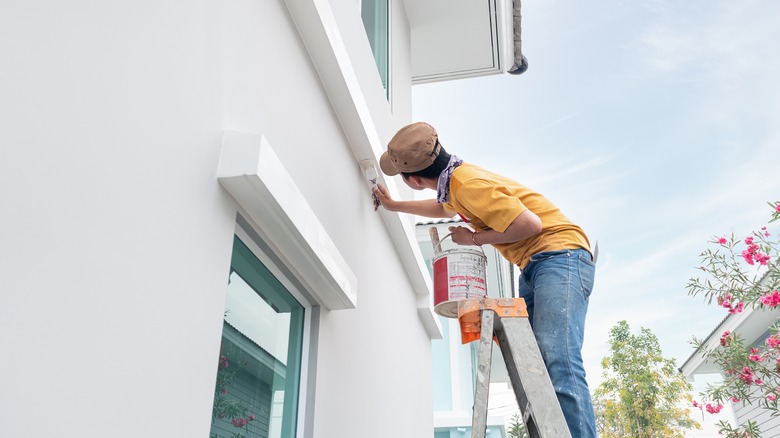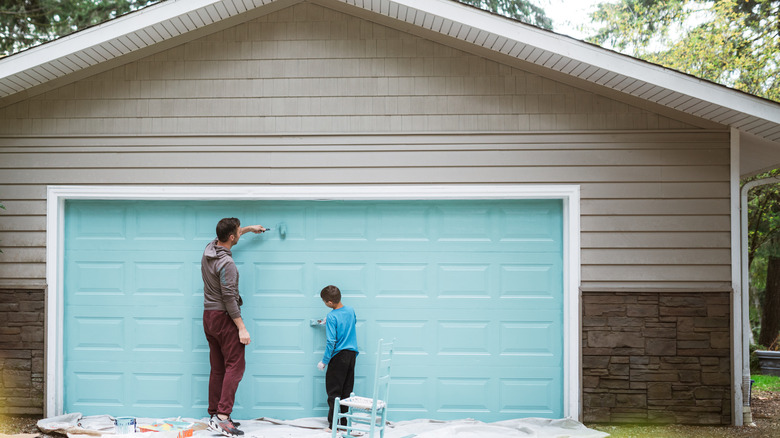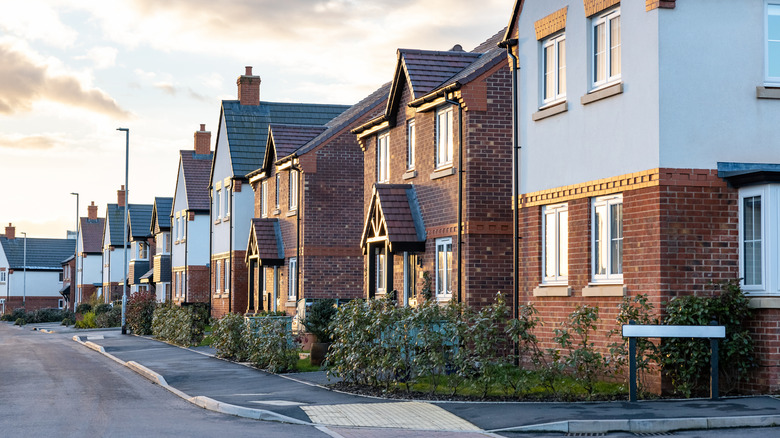Architectural Elements To Consider When Selecting Your Outdoor Paint Color
Choosing your ideal exterior paint color is not merely about picking the shade that strikes your fancy the most. Rather, it requires a thoughtful consideration of the interplay of these colorful hues with some of the more prominent features in your home's architecture. After all, a Victorian home's exterior wall differs vastly from a modern townhouse's outdoor design. However, before you get down to business, you must ensure that your palette choices aren't restricted by any HOA guidelines, a fairly common trend in gated and historic districts.
Paying attention to your home's style, building size, wall material, and structural elements can indicate what paint colors will work best. For instance, pastels don't work for ranch-style houses, but neutrals like beige and brown do. Since even construction materials, such as wood, stone, or bricks, have their undertones, you'll have to consider them. Taking stock of your outdoors, particularly the landscaping and the neighborhood, also pinpoints the color wheel section you should focus on.
Harmonizing exterior paint with architectural elements
The easiest way to get the outdoor hue right is to look for cues from your home's existing unalterable sections, such as the foundation stonework, roof material, window trims, and driveways. For example, creamy tones are very flattering for a shingled rooftop. So, you can look for coordinating paint colors based on whether the roof is made up of metal, clay, or terracotta. You can similarly turn your window trims or garage into the focal point and paint your exterior walls in a contrasting shade to add visual interest, but if going bold isn't your style, then a monochromatic look works just as well.
Focusing on your elements' undertones is another way to look for the perfect outdoor color to create a natural balance. For instance, red brick walls with warm undertones pair well with cooler blue and teal shades, while greenish undertones work better with neutral colors. Additionally, you can define the outdoor color palette depending on your home's architectural style and size. Spacious traditional homes lend themselves better to cool-toned neutral paint, whose impact can be maximized by accenting doors or windows in charcoal grays. You may even need to opt for multiple shades to bring out the finer design details of the moldings and cornices.
Complementing outdoor paint with the surroundings
As the outdoor space is an extension of your home's architecture, finding a paint color that matches your natural landscape and neighborhood aesthetic can simplify your selection process. So, if your property is nestled in lush woodland, you can choose earthy tones like olive green or warm beige to blend with nature or default to white shades for a bold contrast. In contrast, sandy hues perform better in arid areas, mimicking the prevalent earthy tones.
Another common piece of design advice is to seek inspiration from your neighborhood, especially when it has its dominant themes, like a historic district or a modern suburb. Based on how you wish to define your relationship with the street, you can opt for shades similar to your adjacent homes to blend in or go bold to become 'the house'. However, before finalizing your outdoor paint, test it against different lighting conditions to ensure it doesn't wash out or become overbearing when exposed to sunlight.


